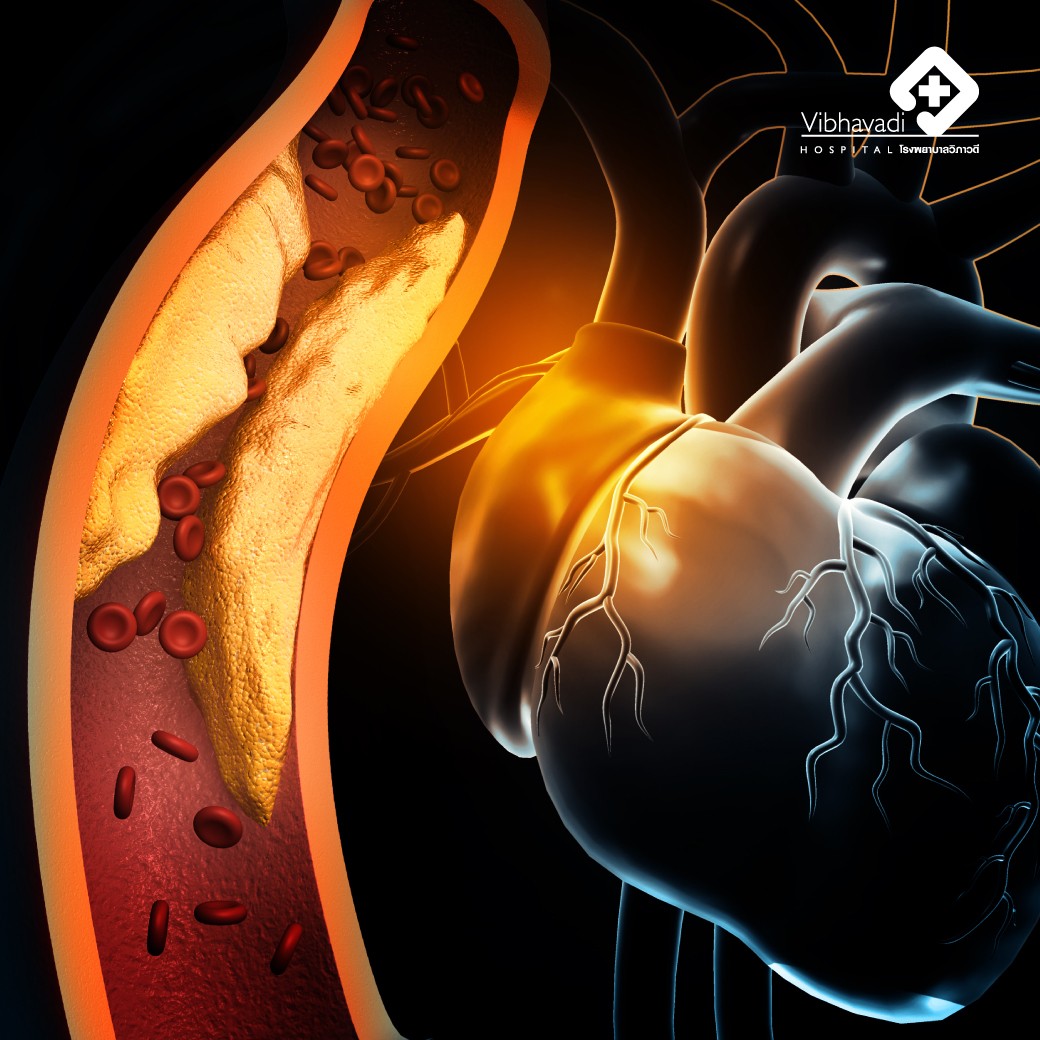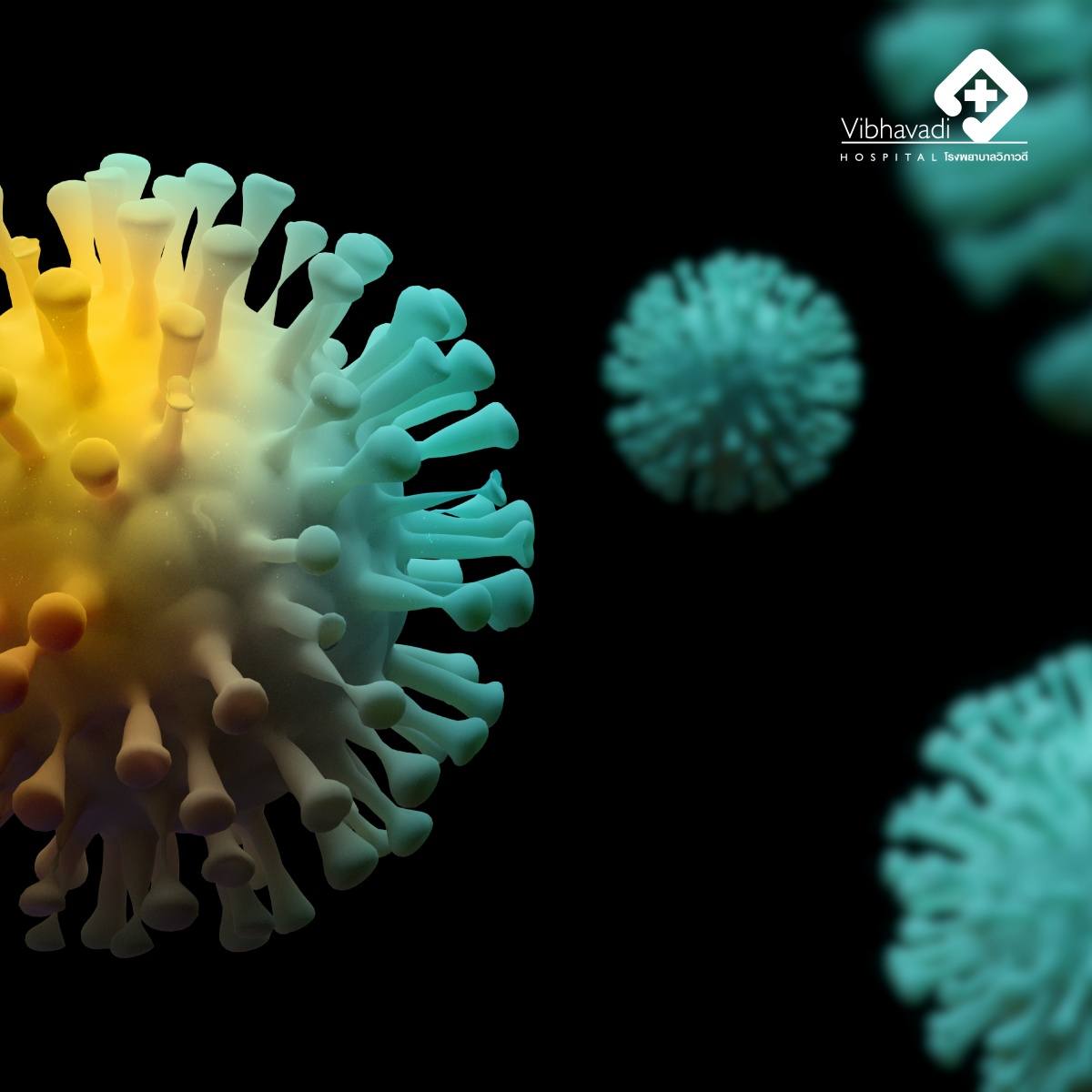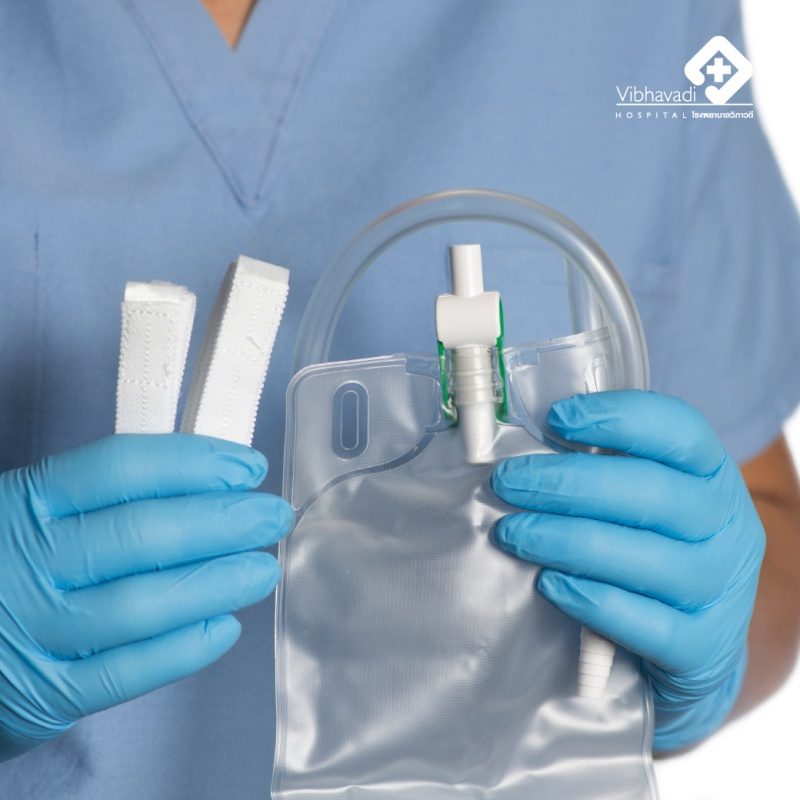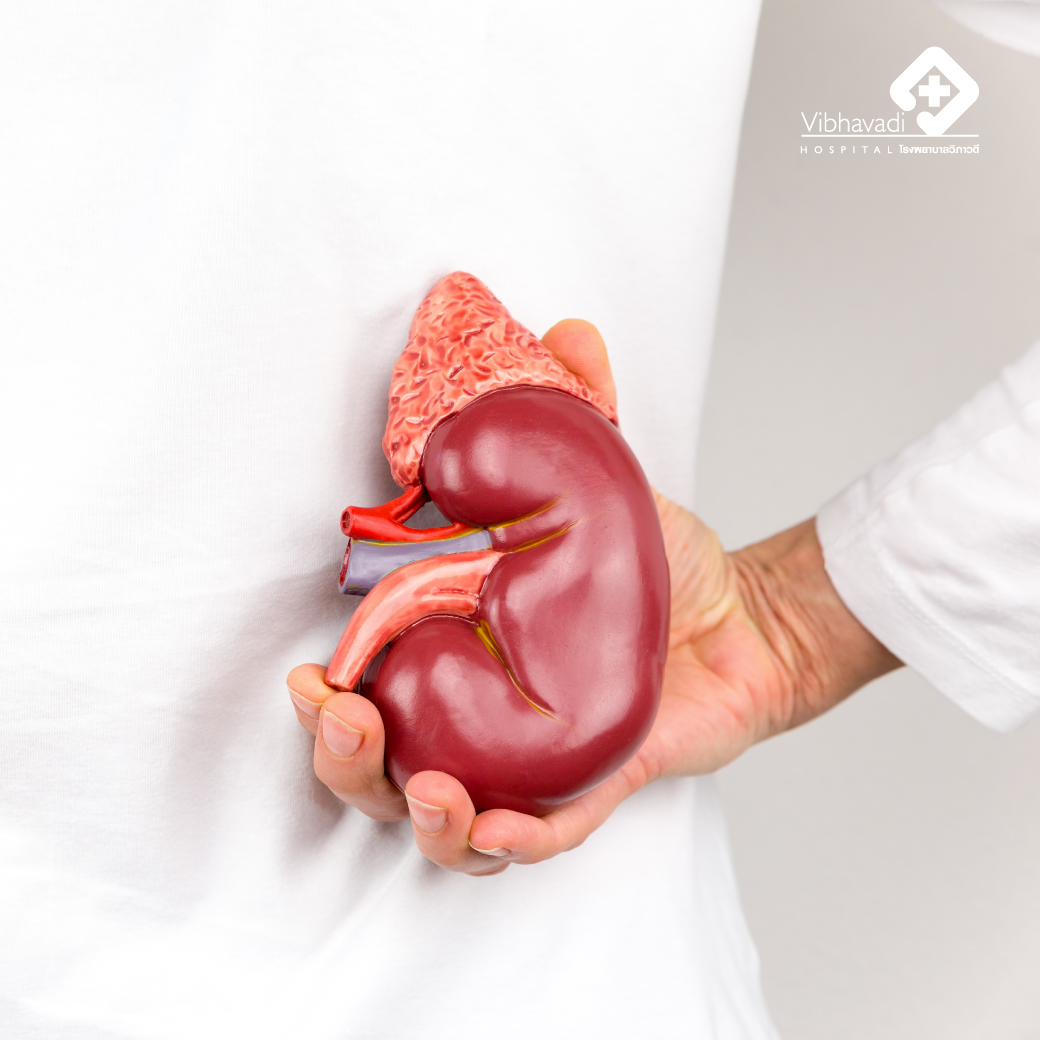Understanding Orthodontic Treatment: Types, Advantages, Disadvantages, and How to Prepare for Spending Money
Understanding Orthodontic Treatment: Types, Advantages, Disadvantages, and How to Prepare for Spending Money
What is Orthodontics?
Orthodontic treatment is a process of realigning teeth to achieve optimal aesthetic and functional results.
This can be done with the use of a variety of tools such as removable and fixed braces, both intraoral and extraoral, as well as metal or natural colored braces.
Additionally, orthodontic treatment may involve correcting abnormal chewing habits, and can even involve altering or correcting abnormal jaw growth in order to maximize both the aesthetic and functional benefits.
Why is it necessary?
Orthodontics is a popular option for addressing crooked, overlapping, gapped, and overbite teeth. It can be an effective solution to many of these dental issues.
Having crooked, spaced, overlapping, or misaligned teeth can lead to jaw problems that impair chewing, reduce the efficiency of chewing food, and make it more difficult to properly clean the teeth and gums. Habits such as sucking a finger as a child can cause misaligned teeth, as can the extraction of permanent teeth in pre-adulthood or genetic factors.
Therefore, orthodontic treatment can have a beneficial impact on both oral and dental health, as proper alignment of the teeth makes it easier to clean them, and thus helps to prevent tooth decay and gum disease.
Moreover, when teeth come together properly, it allows for a more thorough mastication of food. It can also remedy speech issues that stem from misalignment of the teeth.
Orthodontic treatment involves attaching braces to the teeth in order to apply pressure and move them in the desired direction in an orderly fashion. This helps align the upper and lower teeth, resulting in better occlusion and improved oral health.
In addition, braces not only improve the alignment of the teeth, but they can also enhance the aesthetic appeal of the teeth, making you feel more confident when you speak or smile.
Types of Orthodontics
Types of orthodontics are generally divided into two main categories:
Orthodontics using braces
Invisalign clear braces are a type of orthodontic treatment that uses clear plastic covers to cover the teeth, rather than traditional braces. These covers are changed periodically to help the teeth move and shift over time, without the need for braces attached to the teeth. This type of treatment is an excellent alternative to traditional braces and can help achieve a straighter and healthier smile.
Advantages
Chewing food with orthodontics can help to make the process easier and reduce the strain on the stomach during digestion.
First steps of digestion process
Decrease dental problems
Crowded teeth can make it difficult to brush and clean thoroughly, resulting in a buildup of food stains and plaque, including tartar, which can lead to tooth decay and gum disease if left unchecked.
When we use our teeth to chew food on a daily basis, it can lead to wear and tear on our teeth, which can cause malocclusion, or an incorrect positioning of the teeth. Over time, this can lead to serious issues with the teeth, gums, and jaw joints.
Beauty: Orthodontics can help you achieve a beautiful, well-aligned smile. Not only will this improve your appearance, but it will also boost your self-confidence and strengthen your personality.
Disadvantages
- Poor oral hygiene due to having braces can lead to tooth decay and gingivitis. To prevent this, those with braces should ensure they brush their teeth thoroughly after every meal.
- Allergies to substances that are components of orthodontic appliances, such as nickel, are uncommon, but can occur in some individuals.
- Pain is a common experience for individuals who have braces. This pain is typically caused by the movement of the teeth as well as the irritation of the tissues in the mouth due to the presence of the braces. However, the pain is usually only present during certain stages of orthodontic treatment.
- Orthodontic treatment can cause jaw joint pain due to the teeth being moved into an unnatural position, making it difficult to chew properly.
- Dead teeth may be able to return to life during orthodontic treatment, but it is rare. For people who do not have root canals, dead teeth will dissolve by themselves naturally over time. However, if the root of the tooth has already dissolved, the tooth cannot be saved.
When should you start?
Orthodontic treatment can be undertaken in both children and adults, although the goals and extent of the treatment may differ. In children, treatment can be provided before all the permanent teeth have emerged, while in adults all permanent teeth should be erupted before orthodontic treatment begins.
Orthodontic treatment in children can cause alterations in the facial features and the contours of the jawline.
In adults, orthodontic treatment mainly focuses on improving the alignment of the teeth, whereas it is not possible to change the shape of the face as much as in children due to the presence of more limitations.
In some cases where there is severe malocclusion or facial disproportion, orthodontic treatment alone may not be sufficient to correct the bite and facial shape. In such cases, it may be necessary to extract certain teeth in order to achieve the desired outcome. In other cases, orthodontic treatment may have to be combined with orthognathic surgery in order to achieve the desired outcome.
General Procedures for Orthodontics
1. X-Ray of tooth structure
2. Taking an impression of the mouth to assess the position of the teeth
3. Placement of orthodontic appliances (braces, elastics, expanders, etc.), usually about 1 week after the initial appointment
4. Follow-up visits with the orthodontist every 3-4 weeks to check on the progress
5. Removal of orthodontic appliances after 1.5 to 2 years
6. Wearing a retainer for another 1-2 years, with follow-up visits at intervals of 1 month, 3 months, 6 months, 1 year and 2 years
Time required: The length of time spent in orthodontic treatment varies for each patient. On average, fixed orthodontic treatment takes about 1.5 to 2.5 years, but many factors can influence the length of the treatment.
Generally speaking, adults or older people tend to take more time to get braces than those who are younger.
Orthodontic treatment with tooth extraction usually takes more time than treatment without tooth extraction.
Similarly, orthodontic treatment with jaw surgery usually takes more time than treatment without jaw surgery.
Frequent defaults and failure to comply with a doctor's orders, such as wearing rubber bands or wearing removable braces, will inevitably increase the duration of the orthodontic treatment.
Eating without care will also cause the iron, rubber or wire to fall off or get damaged, making the braces take longer to be effective.
Success in Orthodontics
Without the good cooperation of the patient, orthodontic treatment may take longer than usual and the results may not be as successful as they could be. Inserting certain tools into the mouth by oneself, such as a retainer after the treatment has been completed, can further increase the chances of an unsuccessful treatment.
It requires the patient to cooperate by consistently arriving on time.
Must go to the dentist every 3 to 4 weeks to have the tools adjusted.
To maintain good oral hygiene, it is important to:
1. Brush your teeth after every meal to keep teeth and mouth clean.
2. Follow the dentist's orders, such as wearing a rubber band, wearing a retainer, and coming to the scheduled appointment every 3-4 weeks to adjust the tools.
3. Avoid eating very hard foods such as sugarcane and ice.
4. Refrain from eating sticky foods such as chewing gum, nougat, and very sticky meat.
5. Limit the consumption of sweet foods such as candy and chocolate.
Physician
Dr. Napong Puapornpong















